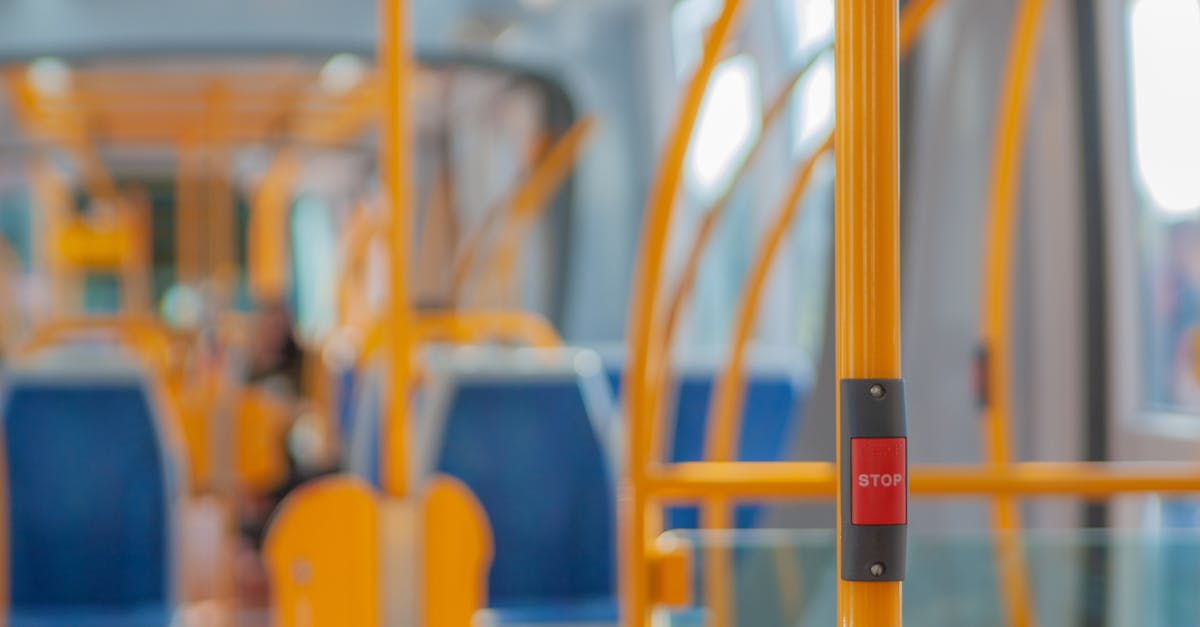Understanding the concept of right of way is crucial for safe and effective driving. It is a principle that governs the movement of vehicles and pedestrians, ensuring that traffic flows smoothly and safely. Misunderstanding right of way rules can lead to accidents and confusion on the road. This article will explore the key aspects of right of way in driving, providing you with a comprehensive understanding of this important topic.
| Scenario | Right of Way Rules |
|---|---|
| Intersections | Vehicles on the main road have the right of way. |
| Roundabouts | Vehicles inside the roundabout have the right of way. |
| Pedestrian Crossings | Pedestrians have the right of way when crossing at designated areas. |
| Turning Vehicles | Vehicles turning left must yield to oncoming traffic. |
| Emergency Vehicles | All vehicles must yield to emergency vehicles with lights and sirens. |
| School Buses | Vehicles must stop when a school bus has its stop sign extended. |
| Two-Way Stop Signs | The vehicle on the main road has the right of way. |
| Four-Way Stops | The first vehicle to arrive has the right of way. |
| Parking Lots | Vehicles in the parking lot must yield to pedestrians. |
| Road Construction | Follow the direction of construction signs and flaggers. |
Intersections
At intersections, vehicles traveling on the main road typically have the right of way. When two roads meet, drivers must be vigilant and yield to traffic on the main thoroughfare, particularly if they are coming from a less busy street. This helps to prevent accidents and ensures that traffic flows smoothly.

Roundabouts
In roundabouts, the rule is clear: vehicles already inside the roundabout have the right of way. This system helps to reduce congestion and allows for continuous movement of traffic. New drivers should be aware that they must yield to traffic approaching from the left when entering a roundabout.

Pedestrian Crossings
Pedestrians have the right of way at designated crossings. Drivers must be cautious and prepared to stop when pedestrians are crossing the road, especially in urban areas where foot traffic is common. Respecting pedestrian rights not only ensures safety but also promotes a culture of mutual respect on the road.

Turning Vehicles
When making a left turn, drivers must yield to oncoming traffic. This is particularly important at intersections where visibility may be limited. Failing to yield can lead to serious accidents, so it is crucial for drivers to be aware of their surroundings and follow this rule.

Emergency Vehicles
All vehicles must yield to emergency vehicles that are responding to a call. This includes ambulances, fire trucks, and police vehicles with flashing lights and sirens. Drivers should pull over to the side of the road and allow these vehicles to pass, as their timely arrival can be critical in emergency situations.

School Buses
When a school bus has its stop sign extended, all vehicles must stop. This rule is in place to protect children getting on or off the bus. Drivers should be particularly cautious in school zones and be aware of their surroundings, as children may unexpectedly cross the street.

Two-Way Stop Signs
At two-way stop signs, the vehicle on the main road has the right of way. Drivers on the side road must stop and yield to any traffic on the main road before proceeding. This ensures that traffic flows smoothly and reduces the risk of collisions.

Four-Way Stops
At four-way stops, the first vehicle to arrive at the intersection has the right of way. If two or more vehicles arrive simultaneously, the vehicle on the right typically has the right of way. Understanding this rule is essential for safe navigation at these intersections.

Parking Lots
In parking lots, vehicles must yield to pedestrians. Drivers should be especially vigilant in these areas, as pedestrians may not always be visible. It is important to drive slowly and watch for people walking, particularly near entrances and exits.

Road Construction
During road construction, drivers must follow the directions of construction signs and flaggers. These individuals are there to ensure safety and smooth traffic flow. Ignoring their instructions can lead to dangerous situations and delays.

FAQ
What should I do if I’m unsure about right of way rules?
It’s essential to familiarize yourself with local traffic laws, as they may vary by state or country. Consider taking a defensive driving course to enhance your understanding of right of way rules and safe driving practices.
Can I be penalized for not yielding the right of way?
Yes, failing to yield the right of way can result in traffic citations and increased insurance rates. It can also lead to accidents, which may cause injuries or fatalities.
Are there any exceptions to right of way rules?
Yes, certain circumstances may change right of way rules, such as adverse weather conditions, road closures, or unusual traffic patterns. Always exercise caution and use your best judgment in these situations.
References:
– [National Highway Traffic Safety Administration](https://www.nhtsa.gov/)
– [Federal Highway Administration](https://www.fhwa.dot.gov/)
– [Your State’s Department of Motor Vehicles](https://www.dmv.org/)




